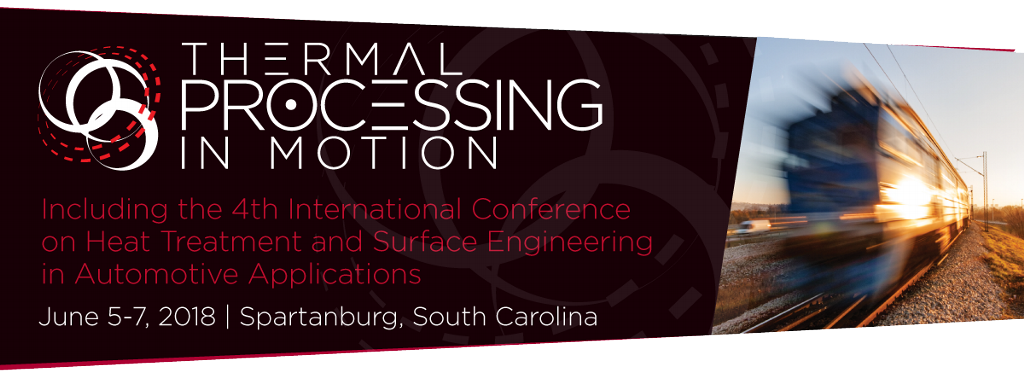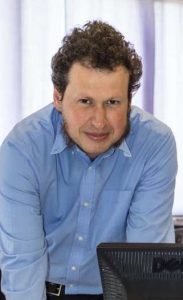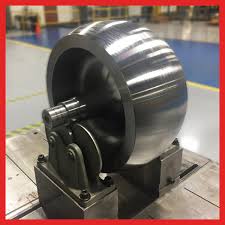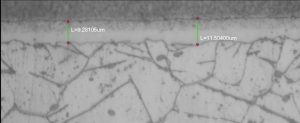Induction Heating Manufacturer Doubles Facility Space to Meet Demand

An induction heating manufacturer has moved its operations to a facility twice the size of the previous location to accommodate increased demands for its products and industry solutions.
Ambrell Corporation, the thermal segment subsidiary of inTEST Corporation, which designs and manufactures thermal management products, recently broke ground on the new 80,000 sq ft facility in Rochester, New York. The $2.1 million project, which started in September 2017, included a complete company relocation from its previous manufacturing facility in Scottsville, New York.
“This is an exciting time for Ambrell and marks a huge milestone for the company, its employees, and customers who will all benefit from the opportunities this expansion presents,” said Tony Mazzullo, president of Ambrell, at the previous ribbon-cutting ceremony. “This new facility adds floor space to our Applications Laboratory to provide our customers with access to all of Ambrell’s products when they visit The Lab at Ambrell. The addition of floor space and equipment will also enable us to manufacture more products to meet the growing demands of our customers. In addition, our highly efficient manufacturing floor will enable us to maximize throughput while continuing to manufacture solutions that are innovative, of very high quality, and reliable.”

“The new facility is designed to meet the demands of Ambrell’s growing business, increasing current capabilities for both product design and manufacturing,” commented James Pelrin, inTEST president and CEO. “To accommodate this rapid company growth, we are expanding from approximately 40,000 square feet at the previous facility to 80,000 square feet at the new location.”
inTEST designs and manufactures induction heating products for joining and forming metals for use in a variety of industrial markets, including automotive, aerospace &defense, machinery, wire & fasteners, medical, and semiconductor.
Photo caption and credit: Ribbon-cutting ceremony with Ambrell and inTEST representatives and local and state officials; Twitter
Induction Heating Manufacturer Doubles Facility Space to Meet Demand Read More »










